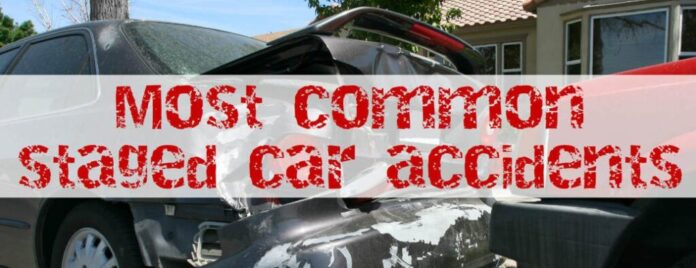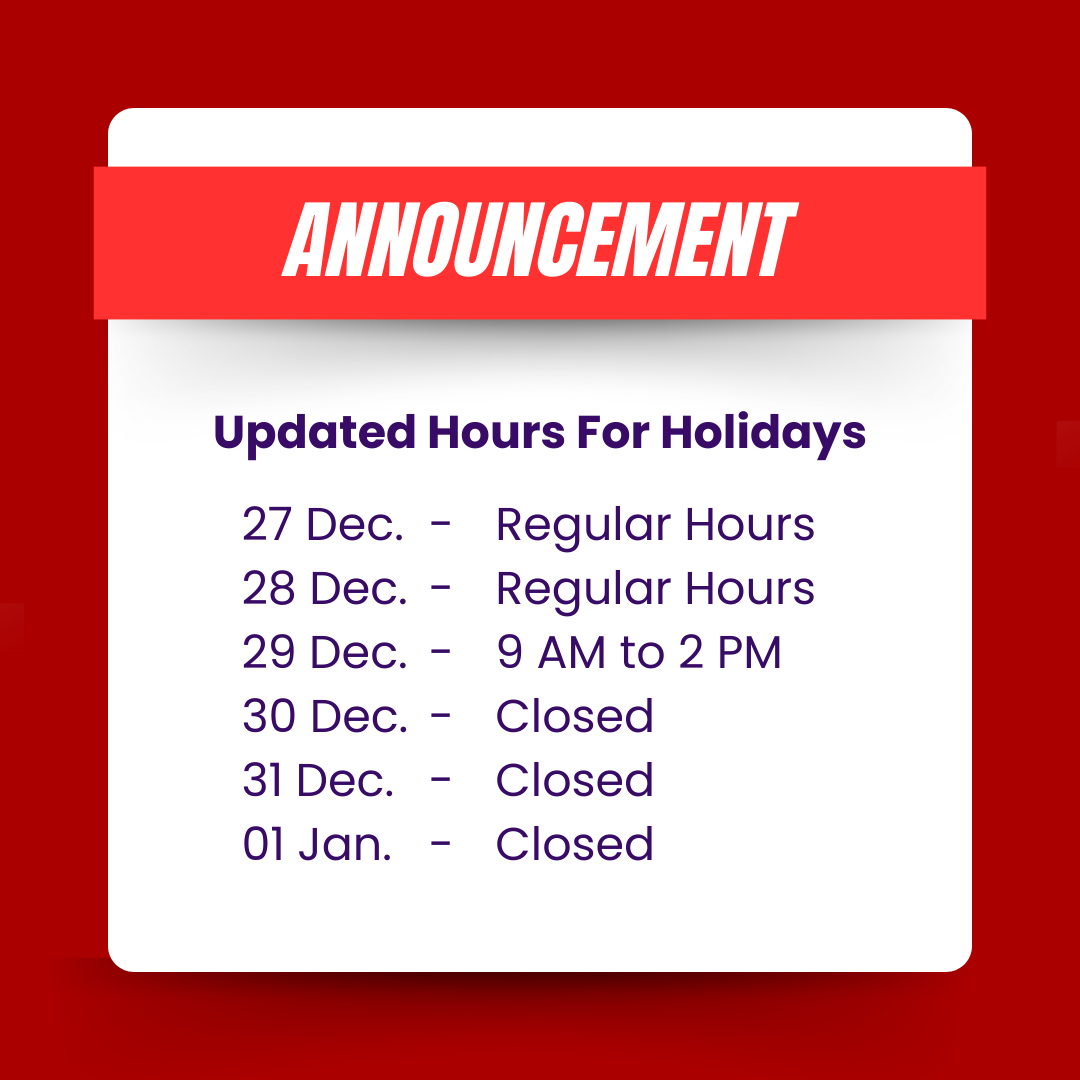When is the best time to change my winter tires? While you don’t want to wait too long, springtime in Canada is often unpredictable, so it’s important you don’t jump the gun and remove your winter tires too soon.
Here are some helpful tips below:
When can I remove them?
A general rule of thumb is to dispose of your winter tires once the temperature has risen above 7 degrees Celsius for at least a week’s time. There is no way to predict what mother nature will do with certainty – however this is a good rule of thumb.
Why do I need to switch?
Just because winter tires perform well in the snow doesn’t mean they’re superior on dry asphalt. While winter tires certainly do a good job of gripping the road when it’s cold, they aren’t designed for warmer weather, and have a harder time braking in the spring and summer time. This delayed reaction time could be the difference between getting into an accident and avoiding one, so it’s important you make the switch before putting yourself in harm’s way.
In addition, although winter tires are known for being long lasting, they tend to wear much quicker when the weather heats up, especially once the temperature starts rising into the double-digits.
All-Season vs. Summer Tire
Once you’ve determined the right time to make the switch, you’ll need to choose which type of tire to switch to. For most people, that means deciding between all-season and summer tires.
As we all know, all-season tires are built to withstand a number of weather conditions, whether that be snow, sleet or rain. They’re also designed to last a long time, and are generally considered the top value option on the market.
However, because they’re so versatile, they aren’t nearly as effective when the weather really starts to heat up. While summer driving may be less dangerous than winter driving, accidents still occur, which is why it’s important that you do everything in your power to stay safe.
Summer tires may be more expensive, but they’re also designed to better handle the hot pavement, helping your vehicle’s overall performance. This can also help to improve fuel economy, which will not only benefit the environment, but will also save you some extra cash at the pump.
Check the tread on your winter tires
Once your winter tires have been removed, it’s important that you check to see how much tread is left.
If the tire has less than 4/32 inches of depth left, they likely won’t be able to last another winter, meaning you’ll need to eventually buy another set. Put away money now, so you won’t having to worry about spending a good chunk of your pay cheque once winter rolls around again.
Don’t forget to check with your Aaxel insurance broker if you have winter tires as there is usually a discount







